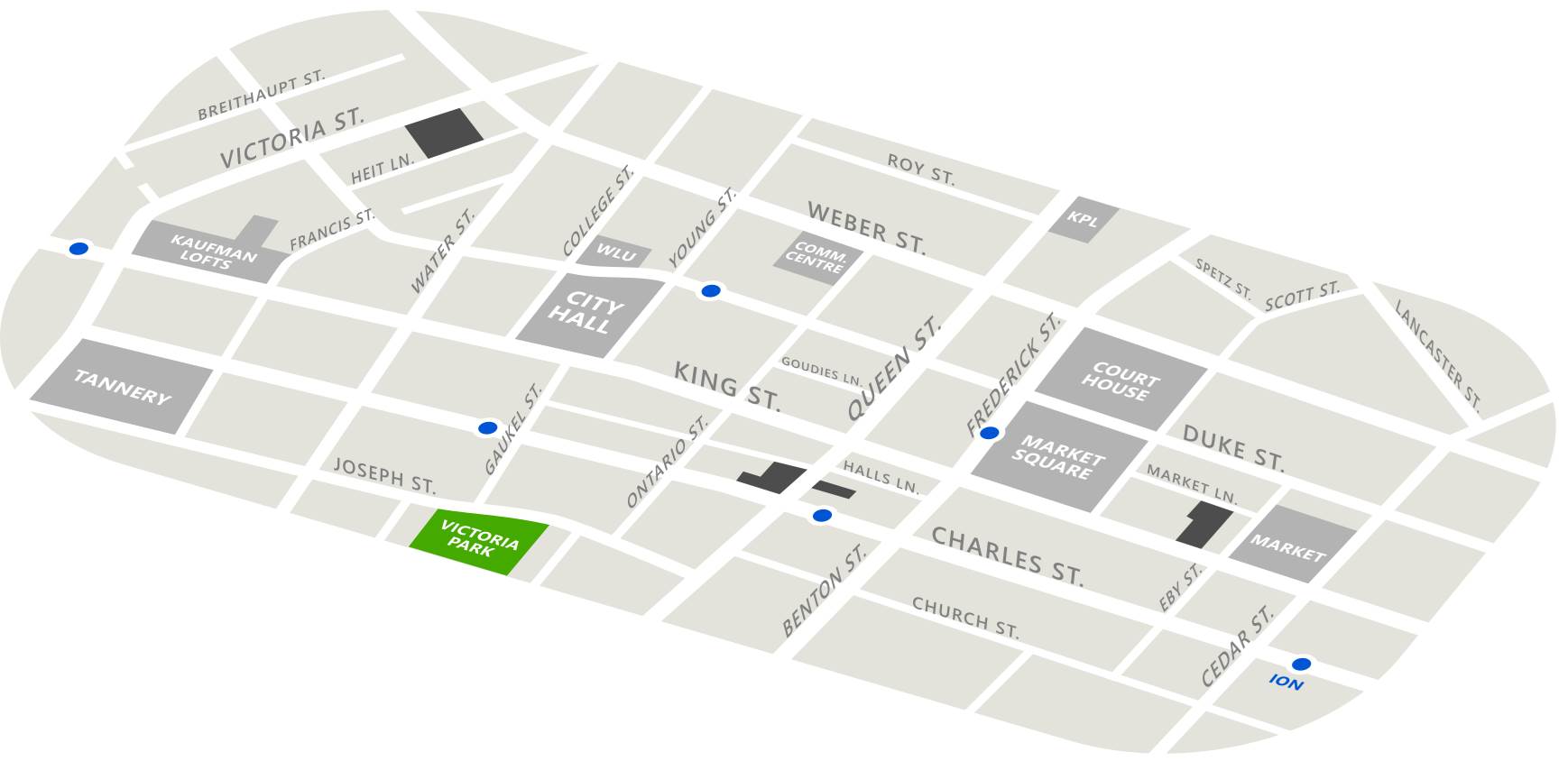By Joe Mancini
Published in December 2012
This year we have reflected with gratitude on The Working Centre’s journey over thirty years. It was in the midst of high unemployment in the early 1980’s that the centre started working out a community response to unemployment and poverty. We quickly learned that the dispossession of tools was a main frustration. The original resource centre started with a public phone, a typewriter and a message service.
We invited people to assist this community idea. The cooperative message service was a way for people who did not have a phone, or sometimes even an address, to become involved in creating a message service that they could rely on and others could use as well.
Access to Tools, developed with the goal of building community, became an accurate way of describing The Working Centre’s approach. The Job Search Resource Centre, the project that evolved on Queen Street South is a community space, a commons in the downtown where useful tools assist thousands with job searching, housing, computer access and more.
Even at noon, as I walk through the centre, all nineteen public access computers are being used. There were fifteen others using the public phones, looking through job ads, waiting for appointments, faxing, copying, and asking assistance from the front desk. There was a couple being assisted at the Housing Help Desk and four counselors were assisting job seekers. Two volunteer hosts help people navigate the space.
A philosophy of tools starts with knowing how the tool works and how useful it is. But there is much more to be understood. Is the tool used for exclusivity or has its use been designed to generate cooperation and sharing? These questions are relevant for any organization. What is the message of a tool? Do people perceive that it is used to enhance the common good?
Community Tools at The Working Centre create spaces where those using the service can contribute back with their labour. These projects provide useful community services, they give people the opportunity to use their skills, and the projects create natural communities of workers. The people providing the service become friends, colleagues and fellow travelers together learning and offering their skills and talents.
These spaces show time and again how communities can address basic problems. Nobel Prize winner Elinor Ostrom studied this phenomenon from an economic perspective. All the case studies taught her that “over time human beings tended to draw up sensible rules for the use of common pool resources.” (Economist June 30, 2012). Public access tools thrive in a cooperative environment where others can contribute in a virtuous loop of sharing. In today’s language this is called social innovation, a fancy name for righting the proper order of things.
Over these years The Working Centre has integrated this approach into the core of our services and projects. Fundamental to our organizational structure is the on-the-ground experience of individuals and groups working, participating and serving within our projects. Also central are the different cultures that thrive within each project. A bike shop, a kitchen, a garden are places where workers use different tools and consequently the culture changes in each space. The main work of providing access to tools remains core to each project.
In this issue of Good Work News, we have a special focus on the outreach work of St. John’s Kitchen. This lives in the midst of the effort to provide the daily meal at St. John’s Kitchen along with the showers, laundry and a medical clinic. Each week day over 30 people work together, volunteering and participating in the work of producing the meal and building community. The work of the Downtown Outreach workers, the Psychiatric Outreach Project and Hospitality House help form the backbone of this work.
During the last fifteen years a whole new set of projects have emerged that we formally call Community Tools projects. All of these projects teach skills, provide recycling and reuse services, and create public space. These projects create communities of workers that in total provide thousands of hours of service towards the common good. They give the city creative services solving problems of access with effort and mutual aid.
This work recognizes that the essence of community is to help people assist each other in good times and in bad. Isolation is broken down when people have opportunities to interact and help each other out. Access to Tools is a means towards building community. It is a way through which strangers can become friends helping each other to make their community better.
